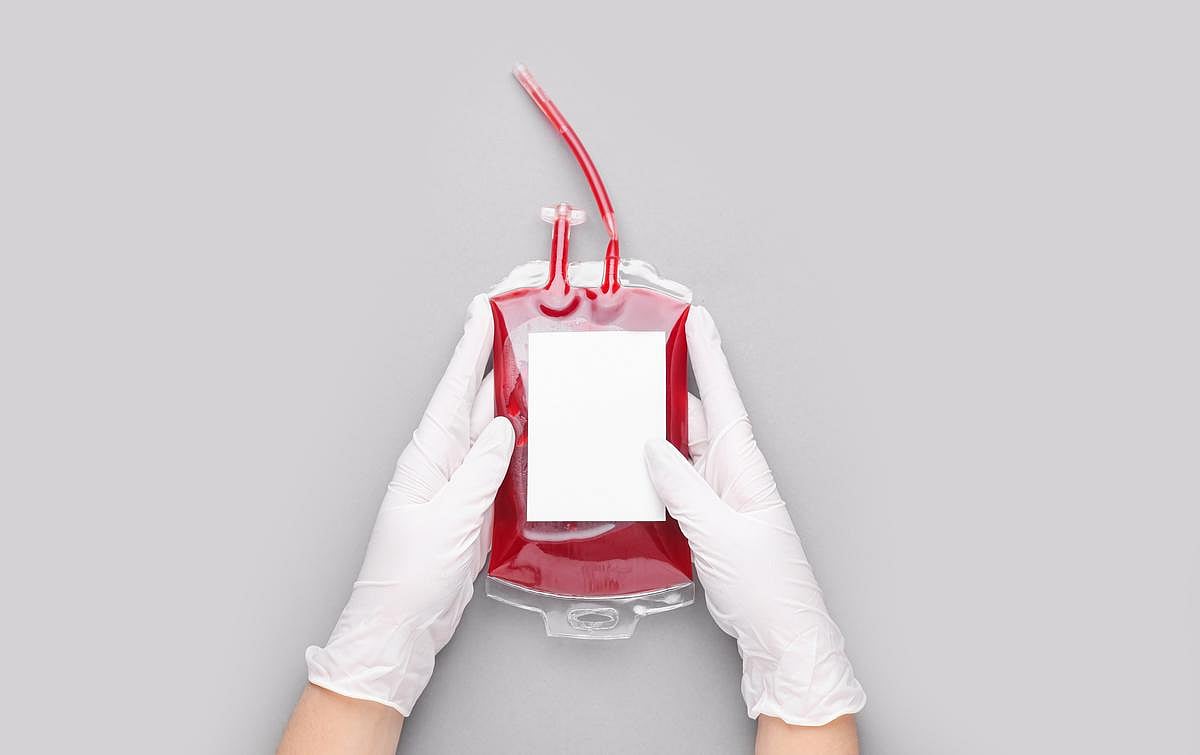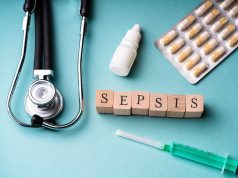When hemoglobin concentration is <10 g/dL, liberal red blood cell transfusion strategy is suggested
By Elana Gotkine HealthDay Reporter
MONDAY, Aug. 25, 2025 (HealthDay News) — A liberal red blood cell (RBC) transfusion strategy is suggested for hospitalized patients with acute myocardial infarction (AMI) when the hemoglobin concentration is less than 10 g/dL, according to a clinical practice guideline issued by the Association for the Advancement of Blood & Biotherapies and published online Aug. 19 in the Annals of Internal Medicine.
Monica B. Pagano, M.D., from the University of Washington in Seattle, and colleagues developed recommendations for RBC transfusion in patients with AMI using evidence from randomized controlled trials of patients presenting with AMI and assigned to restrictive or liberal transfusion strategies based on hemoglobin concentrations or hematocrit levels before receipt of a transfusion.
The international panel suggested a liberal RBC transfusion strategy when the hemoglobin concentration is <10 g/dL for hospitalized patients with AMI (conditional recommendation, low-certainty evidence). In patients with AMI, a restrictive strategy of 7 to 8 g/dL may result in increased mortality. The recommendation toward a liberal strategy was based on the great importance of mortality for patients. Mitigation strategies to reduce potential adverse events associated with a liberal transfusion strategy should be adopted, the panel recommends. Transfusion decisions should incorporate the clinical context rather than just the hemoglobin concentration.
“Given the potential complications of transfusion and the scarcity of the blood supply, more definitive data are needed,” write the authors of an accompanying editorial. “These guidelines mark only the beginning, not the culmination, of a worthwhile scientific inquiry. Meanwhile, clinicians should apply these guidelines with sound clinical judgment to tailor transfusion therapy in shared decision-making that incorporates individual patients’ values and preferences.”
Several authors disclosed ties to relevant organizations.
Editorial (subscription or payment may be required)
Copyright © 2025 HealthDay. All rights reserved.








